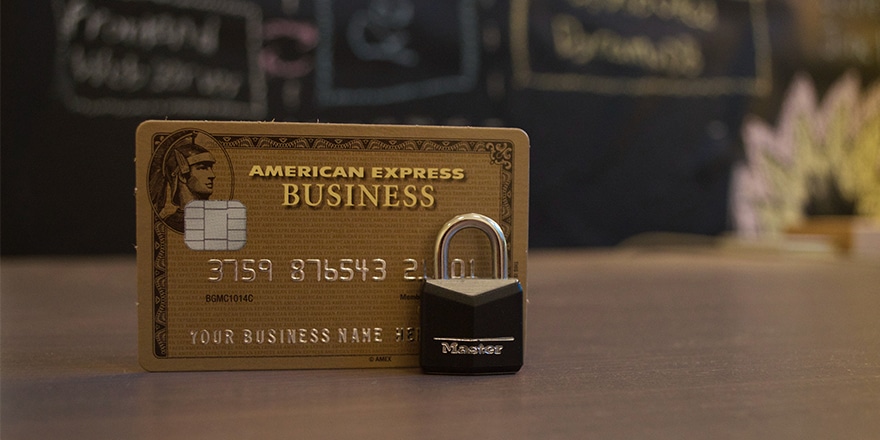
Not All Chargebacks Are Created Equal… Here’s Why.
If you read the last two articles in this series, you know “killer customers” often take advantage of DTC companies’ return and shipping policies. By now you’re probably thinking “What else can go wrong?” Well, we’re sorry to say, the list is quite long.
In 2018 Chargebacks 911 reported chargeback fraud cost merchants up to $40 billion per year. With increase in eCommerce activity over the past 2 years, we can expect that number to be even higher today. While the holiday season is behind us, the chargeback season has just begun. Continue reading to learn 2 more ways abusive customers attack your profits and how you to prevent them.
1. Friendly Fraud

“Friendly Fraud” is when a customer files a refund or dispute with the bank instead of with the merchant. Committing friendly fraud involves no malicious intent and can be easily overlooked by the customer. In many cases, a customer may notice an unfamiliar purchase, receive an item that doesn’t match the description, or can’t reach a customer representative.
Friendly fraud may sound harmless, but it can severely threaten your bottom-line. In fact, the method accounts for 86% of all chargeback volume and is difficult to identify.
Preventing Friendly Fraud
Most customers don’t understand the negative effects a chargeback has on merchants. Therefore, preventing friendly fraud requires a multi-step, ‘nip it in the bud’ approach. Here is how it’s done…
1. Make it easy for customers to quickly contact you.
Don’t give your customers a reason to go to their bank to file a dispute. Your customer service contact information should be accessible to anyone at any time. Include this information in all communication correspondence and social media platforms. Proving 24-hour support via phone or live chat (with these options clearly visible on your site) are great ways to ensure your customers come to you first.
2. Provide clear product descriptions.
To prevent unnecessary chargebacks and increase conversion rates, customers should receive the same product described in the product description. Making sure your product descriptions are detailed and accurate can save you major losses.
By centralizing complete product data and then enriching product descriptions and specifications, product information management systems help reduce the chances of errors across multiple channels. This results in more users getting exactly what they are looking for.
–– Lynn Torbert, Director of Sales, Jasper PIM
3. Verify all shipping and tracking information.
With all so many reports about new shipping scams, it’s important to create detailed shipping terms and conditions. Once tracking information is verified and the purchase is complete, customers should also receive a copy of all shipping and tracking information. This could come in hand in case a customer claims an unauthorized purchase. However, that’s another, more malicious type of fraud…
2. Deliberate Chargeback Fraud

Opposite from friendly fraud, deliberate chargeback fraud is when a customer contacts a bank with the intention of disputing a purchase. Similar to an “Item Not Received” scenario, a customer intends to obtain the product or service for free. This type of online fraud is equivalent to brick and mortar shoplifters, accounting for 35% of all fraud losses.
In less extreme cases, chargeback fraud occurs when a customer experiences buyer’s remorse. They don’t want to confront the merchant, so they dispute the charge with their bank instead. In extreme cases, customers may dispute large orders by claiming they are fraudulent charges. This hurts the retailer’s reputation with the bank and pulls profits out from under them.
Providing a fast and frictionless customer experience is a priority for merchants, but can be costly without the right considerations. For example, most sites allow customers to file a dispute with one click. This makes it difficult to prevent chargeback fraud and leaves merchants empty-handed.
Preventing Chargeback Fraud
Since deliberate chargebacks and friendly fraud both heavily impact profits, your best option is to get customers to handle their disputes with you, rather than their bank. Whether it’s buyer’s remorse or an unauthorized purchase claim, you need to protect your bottom line. Consider implementing the following defense mechanisms on your online store…
1. Provide a clear and flexible return policy.
Customers should know what items they can return and how to go about returning them. For example, add a 30-day deadline on returns and provide return labels with all online purchases. With this flexibility, customers are more inclined to resolve their return issues with you. Also, this will make customers less likely to take advantage of your return policy.
2. Be prepared to fight back
For customers who claim an unauthorized purchase, evidence is key. There are many places you can acquire proof of purchase to protect yourself, especially during the checkout-process. Double-check shipping and tracking information, replay phone conversations and track down social media accounts if you choose to fight a fraudulent chargeback. This information can be the difference between saving your profits or watching money walk out the door.
Final Thoughts
Modern merchants need to understand the differences between deliberate chargebacks and friendly fraud. To protect customers and your relationships with them, you must successfully weed out the bad actors who purposely seek to defraud you. Remember, your goal is to protect your merchandise, revenue, and profits. Finding the proper fraud defense can be time-consuming, but we’ve done our homework to make it easy for you. If you’re interested in learning more about Redstage’s Security and Maintenance Bundles to help you strengthen, monitor, and maintain your site, schedule a FREE consultation today!
Subscribe to our newsletter to get our next article delivered right to your inbox!
Recent Comments